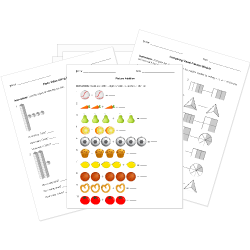Common Core Standard HSF-IF.C.8b Questions
Use the properties of exponents to interpret expressions for exponential functions. For example, identify percent rate of change in functions such as y = (1.02)t, y = (0.97)t, y = (1.01)12t, y = (1.2)t/10, and classify them as representing exponential growth or decay.
You can create printable tests and worksheets from these questions on Common Core standard HSF-IF.C.8b! Select one or more questions using the checkboxes above each question. Then click the add selected questions to a test button before moving to another page.







